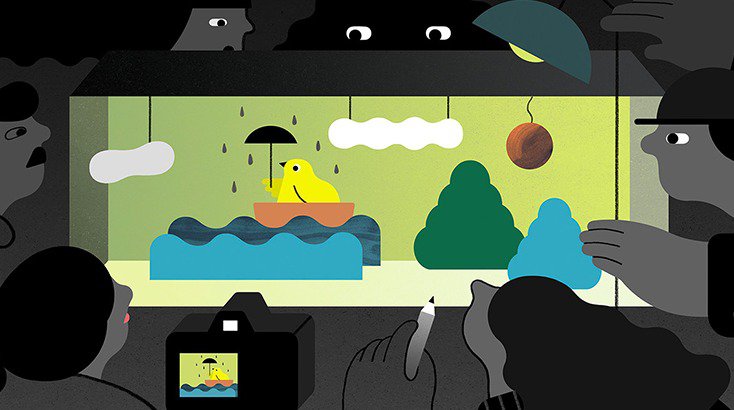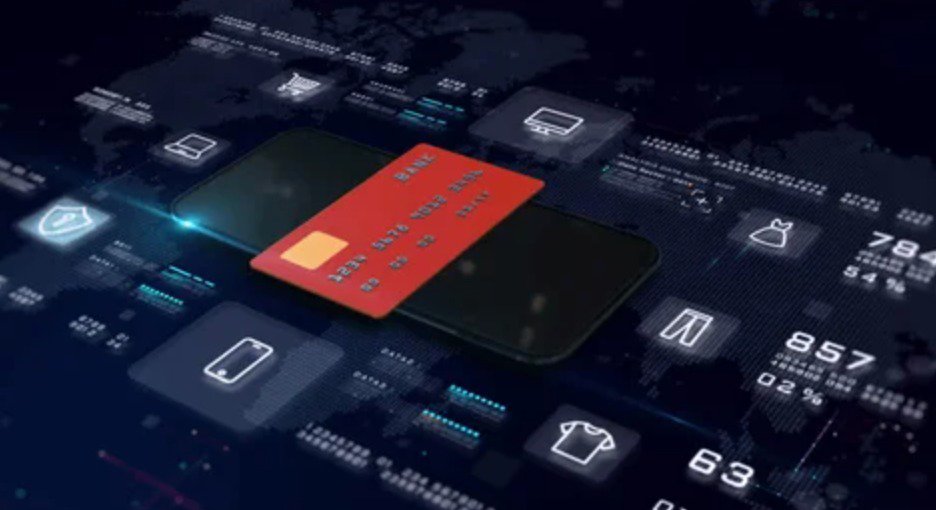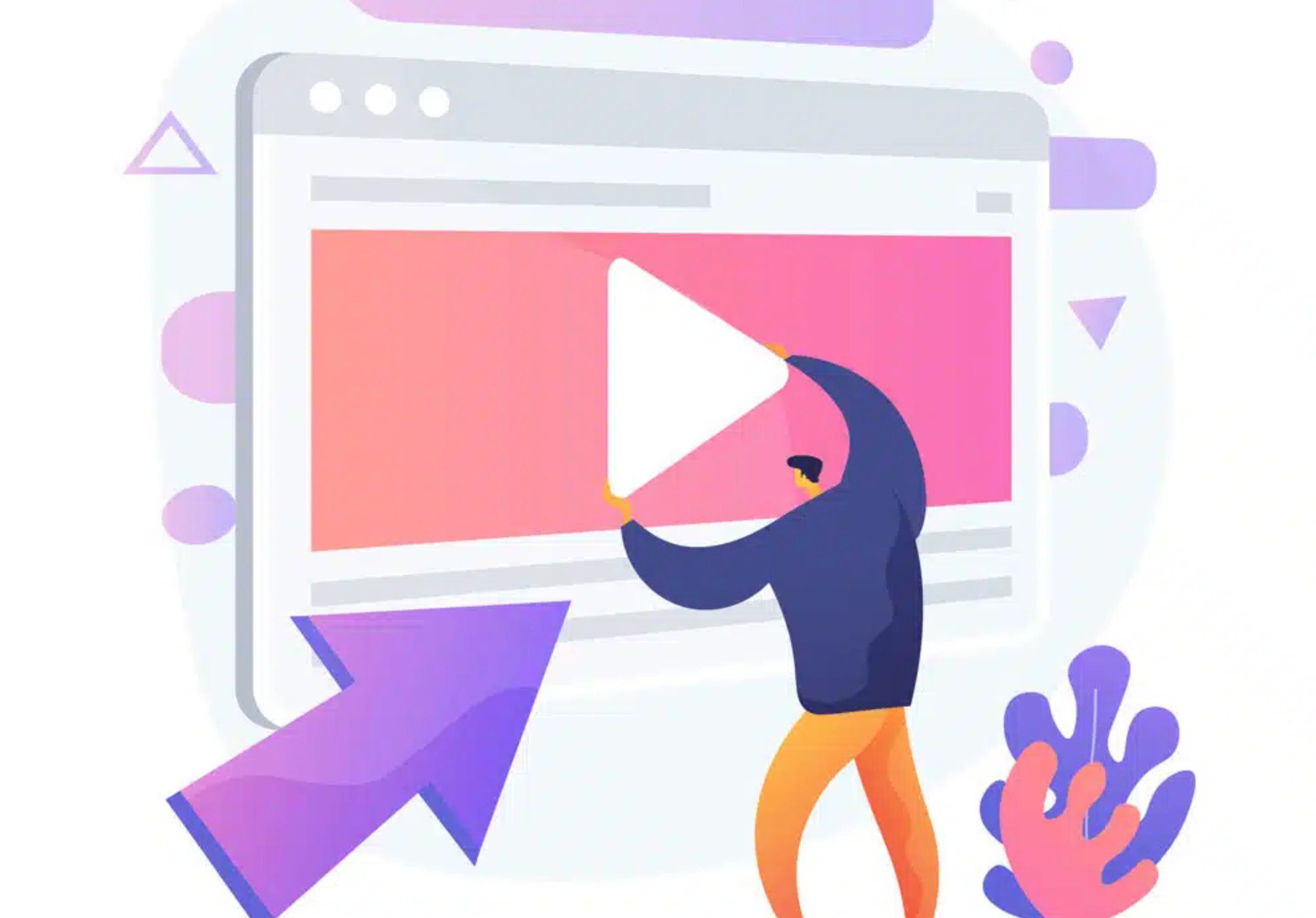When most people hear “animation,” they think of cartoons or kids’ shows. But 2D animation is everywhere on websites, in explainer videos, and across social feeds. It’s one of the most powerful ways brands communicate today.
From moving text to subtle design motion, 2D animation styles help businesses simplify complex ideas and keep viewers engaged. The best part? You can shape tone, mood, and message through style alone.
Some types of 2D animation feel modern and minimal. Others have a handcrafted or nostalgic touch. Choosing the right style can make your message clearer, captivating visuals, and your storytelling unforgettable.
In this guide, we’ll break down the most popular animation styles, what makes each one unique, and how to use them to create visually stunning videos that connect with your audience.
What Is 2D Animation?
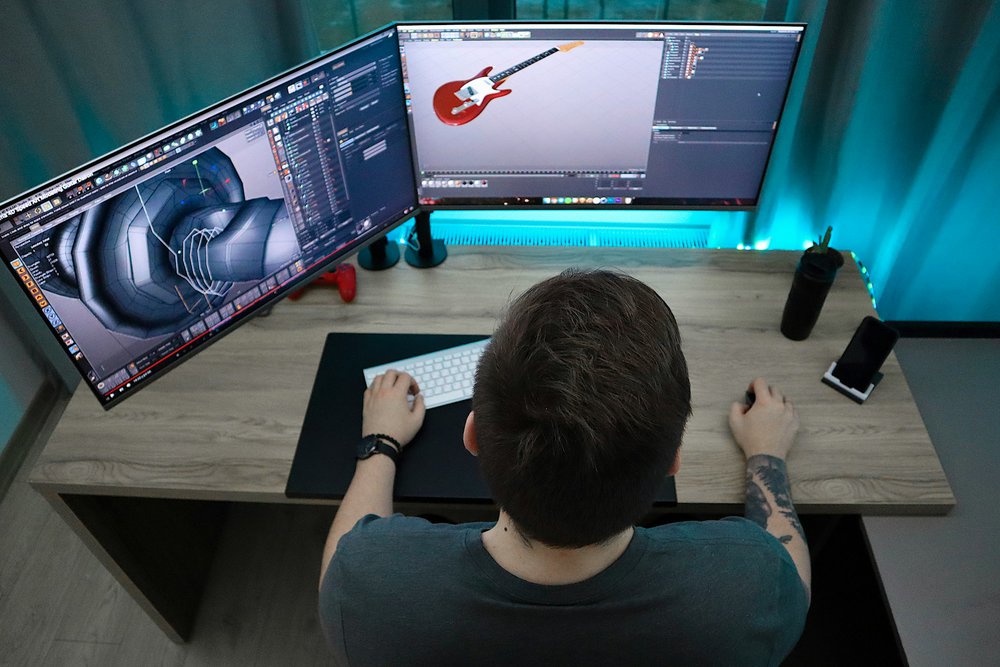
2D animation is the art of bringing flat characters, objects, and environments to life in a two-dimensional space.
This animation process uses frame-by-frame animation to create smooth transitions and natural motion. Whether drawn by hand or built with modern animation software, the goal is to make movement feel expressive and alive.
You’ve seen it in classic cartoons, explainer videos, digital ads, and on websites.
While early animation styles were hand-drawn, today’s digital animation world uses software like uses digital software like Adobe Animate or Toon Boom Harmony to speed up production without losing that handcrafted charm.
For businesses, 2D animation is more than a creative choice. It’s a practical way to simplify complex ideas, highlight products or services, and connect with audiences across industries.
In short, 2D animation styles continue to deliver the perfect mix of creativity, clarity, and impact, making them one of the most reliable tools in today’s visual storytelling toolkit.
Why 2D Animation Styles Matter
When people think of animation, they usually focus on how it looks. But in business, the animation style you choose shapes how your story connects.
Each 2D animation style creates a different emotional response. Some feel sleek and modern. Others are warm, handcrafted, or playful. That first visual impression affects how viewers see your brand before a single word appears.
For companies, that’s powerful. The right animation technique can clarify complex ideas, boost engagement, and make your story easier to remember. For example, clean motion graphics might make a software demo feel more professional, while a hand-drawn or expressive style can bring emotion and personality to a brand story.
In marketing, it’s not just about movement, it’s about meaning. Educational Voice reports that video content boosts message retention to 95%, while text-based content captures only about 10%.When your visuals match your message, viewers retain more information, trust your brand faster, and stay engaged longer.
Choosing the right style is a creative decision, but it’s also a strategic one. It determines how effectively your video communicates, converts, and connects.
Did you know? 96% of consumers have watched an explainer video to learn about a product. That’s proof of how much audiences rely on clear, visual storytelling to understand and remember information.
Core 2D Animation Styles (and When to Use Them)

There’s no single formula for great animation. Each 2D animation style brings its own tone, pacing, and creative purpose. The key is matching the right look and motion to your business goal.
Below are some of the most effective types of 2D animation used in professional video production:
Cel or Character Animation
This is where it all began. Frame by frame, every element is illustrated to create that classic hand-drawn, expressive feel. These animations often focus on characters that move and act within their world, making them perfect for emotional storytelling. This hand-drawn animation approach focuses on animated characters with personality, giving each frame an authentic, artistic feel.
Today, this approach works especially well for brand storytelling videos, company culture pieces, or campaigns that rely on warmth and personality.
Best for:
- Story-driven or character-focused content
- Animated shorts or branded mini-films
- Company culture or recruitment videos
Vector-Based Animation
Vector-based animation uses scalable graphics, which stay crisp at any size. Tools like Adobe Animate and After Effects make this style fast, flexible, and ideal for clear communication.
This type of animation is a favorite for marketers because it’s efficient to produce and easy to update. It’s also the backbone of many explainer videos and SaaS product demos where clarity is key.
Best for:
- Explainer videos and app walkthroughs
- Product and service overviews
- Clean, modern branded visuals
Motion Graphics Animation
This animation focuses on design elements: shapes, icons, and text to communicate ideas quickly and clearly. Motion design can improve audience engagement anywhere from 38% to 300%. That’s why it’s one of the most popular choices for corporate and B2B video marketing because it delivers maximum clarity with minimal distraction.
Brands often use motion graphics in corporate videos or data visualizations to simplify complex topics and boost engagement across social channels.
Best for:
- SaaS and tech companies
- Product demos or pitch decks
- Marketing videos highlighting stats or key messages
Rotoscope Animation
Rotoscope animation traces over real footage to create smooth, lifelike movement, blending realism with artistry. With modern AI-assisted software, it’s faster and more precise than ever.
Businesses use rotoscope-style videos to add a creative edge to commercials, testimonials, or training videos, especially when human expression matters. It captures realism while keeping a stylized, branded feel.
Best for:
- Commercial and social ads
- Training or onboarding content
- Campaigns combining realism with creativity
Typography Animation (Kinetic Typography)
Also known as kinetic typography, this animation technique brings words and phrases to life through motion. It’s bold, attention-grabbing, and ideal for videos where text carries the main message.
You’ll often see animating typography in promotional videos or brand explainers that need to deliver key points quickly and visually.
Best for:
- Social ads and marketing campaigns
- Video intros and brand messages
- Highlighting callouts or statistics
Hybrid or Mixed-Media Animation
Hybrid animation combines multiple styles, for example, mixing 2D and live action, or blending motion graphics with photography or 3D elements. It’s a versatile option that helps brands stand out and create custom visuals unique to their identity.
Best for:
- Brand storytelling or campaign videos
- High-impact promotional content
- Repurposing existing footage with animation overlays
Isometric Animation
Isometric animation adds a sense of depth to flat 2D visuals, using perspective grids to simulate 3D without full 3D production. It’s clean, structured, and perfect for explaining systems or workflows.
This style is especially useful for B2B and data-driven companies, where visualizing complex processes or architecture matters.
Best for:
- SaaS and infrastructure explainers
- System or workflow visualizations
- Businesses balancing simplicity with sophistication
Once you understand each animation technique, the next step is finding which one aligns best with your brand goals..
How to Choose the Right 2D Animation Style for Your Project
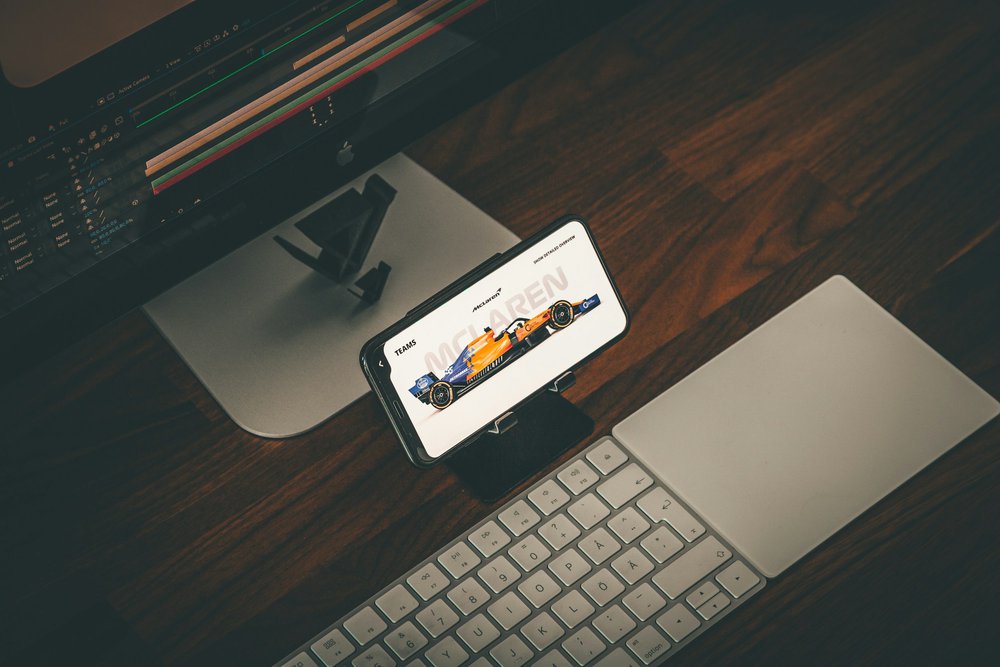
Picking the right type of 2D animation isn’t just about visuals, it’s about aligning the animation style with your goal and audience.
The types of 2D animation you choose should support your message, connect with your audience, and align with your brand’s tone and goals. Here’s how to make the right call.
1. Start with your message
What’s the purpose of the video? Are you trying to educate, explain, persuade, or inspire?
- If you’re simplifying complex ideas, vector-based or motion graphics animation usually works best. These styles keep things clean and easy to follow.
- If you’re outlining systems or processes, isometric animation helps visualize structure and flow.
- For storytelling or emotional content, cel or mixed-media animation might be a better fit.
Each animation technique serves a purpose. Choose one that strengthens your message and connects with your audience, not just one that fits your brand colors.
2. Know your audience
Who’s watching and where?
- Fun, informal styles often resonate with social media audiences.
- A more polished, professional look works well for enterprise viewers or formal presentations.
- Keep it quick and visually engaging for top-of-funnel marketing, and more detailed for demos or internal training.
3. Consider your timeline and budget
Not all animation processes are created equal.
- Cel animation takes longer and requires more illustration work.
- Motion graphics or vector-based styles are faster to produce and easier to revise.
- If you’re planning a series or campaign, choose a style that can scale easily across multiple videos.
4. Blend styles when it makes sense
Some of the most engaging videos mix different animation techniques like pairing kinetic typography with motion graphics, or adding animated overlays to live footage.
For B2B campaigns, this hybrid approach works well for both internal training and external marketing videos, creating visual depth without adding unnecessary complexity.
Every frame should serve a purpose: storytelling, clarity, or connection.
How Levitate Media Can Help with 2D Animation Projects
At Levitate Media, we work with businesses across industries to create custom animated content that actually delivers. Whether you need an explainer video, internal training, or a full-scale campaign, our team can help you choose the right animation style and build a story that resonates.
We’re more than just an animation studio. We’re a strategic partner that builds with purpose.
See more of what we do in our Animation Services and Portfolio.
Conclusion
In animation, style isn’t just about how things look, it’s about how they communicate. As technology evolves, so does the art form. From traditional animation techniques, to modern digital techniques, 2D remains a timeless way to simplify complex ideas and connect through creative storytelling.
The right 2D animation style helps your brand connect with viewers, simplify complex ideas, and turn your message into something memorable. When done strategically, these visuals don’t just tell a story, they drive engagement, trust, and long-term results.
2D animation remains one of the most effective and popular animation techniques for modern business storytelling. Choosing the right style is the first step toward creating videos that inspire action and deliver ROI.
FAQs
What are the most popular types of 2D animation?
Some of the most popular types of 2D animation include cel (character) animation, vector-based animation, motion graphics, kinetic typography, and isometric animation. Each offers a unique look and purpose, from emotional storytelling to clear product explainers.
Why are 2D animation styles effective for businesses?
2D animation styles help brands simplify complex ideas and make messages more engaging. They’re cost-efficient, adaptable across industries, and ideal for explainer videos and corporate storytelling. Learn more in our Animated Explainer Video Services.
How do I choose the right 2D animation style for my project?
Start with your goal: education, engagement, or conversion. Then match the style to your audience and tone. For example, motion graphics work well for tech brands, while hand-drawn or mixed-media animation adds personality to brand stories.
What software is used to create 2D animations?
Modern 2D animation often uses digital tools like Adobe Animate, After Effects, and Toon Boom Harmony. These programs speed up production while keeping animations smooth, detailed, and visually consistent across platforms.
Can Levitate Media produce custom 2D animation for my business?
Absolutely. Levitate Media specializes in creating custom 2D animated videos for marketing, internal communications, and training. From scriptwriting to final delivery, our team handles every stage of production. Explore our recent work in the Levitate Portfolio.
Ready to bring your story to life? Contact Levitate Media to start your next animation project with a team that knows how to make every frame count.









